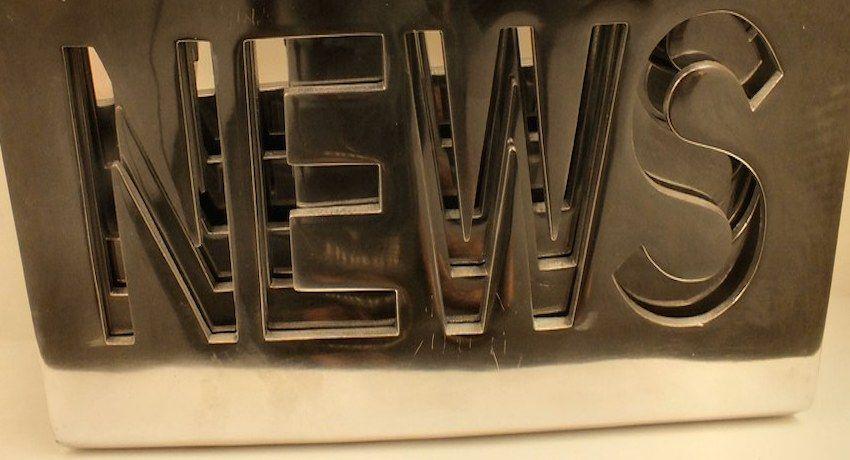
LOUIS VUITTON
After a 7 year-long dispute, a Paris Court of Appeal ruled against Louis Vuitton, in a copyright infringement dispute. In 1988, Jocelyn Imbert designed a lock called “LV Tournant” for Louis Vuitton Malletier handbags. The designer and the luxury brand signed a specific contract in 1992, by which the parties agreed that if the lock was applied to other collections, the designer would receive an additional revenue of 76,000 euros, due to the copyright she held over the lock.
It was in 2014 when Imbert discovered that the “LV Tournant” was being used in the new Twist line, namely handbags, wallets and other accessories.
From its side, Louis Vuitton claimed that the contract allowed them to use the lock on every product, without any obligation to compensate the designer. This request was upheld in first instance.
Notwithstanding, the Court of Appeal ruled that Louis Vuitton will have to pay the amount of 900,000 euros to Imbert, as the court appreciated the breach of the contract.
The decision is not final since it can be appealed before the Cour de Cassation.
ANDY WARHOL - PRINCE
The U.S. Supreme Court is assessing the application of the fair use doctrine in relation to transformative works, due to an appeal lodged by a photographer against the Andy Warhol Foundation.
As our readers might know, copyright holders are granted certain exclusive rights, for example the right to reproduce their works.
However, under U.S. copyright law, it is possible for an artist to use an original copyrighted work, without the author’s consent, as long as it complies with the fair use doctrine. One of the requirements of this doctrine is that the use given to the original work needs to be “transformative”, in the sense that the final work must have a different meaning or message in order not to be considered as an infringing work.
During the 80s, Andy Warhol created the “Prince series”, based on a photograph taken by Lynn Goldsmith. In this portrait photo, Prince appeared in black and white. From his side, Andy Warhol used this picture to create a series of silkscreens that were published years later on the cover of a popular fashion magazine.
After the lawsuit filed by the Andy Warhol Foundation against the photographer, in 2019 the first instance Court ruled that Warhol’s work was transformative art, hence did not infringe copyright in the photos.
Nevertheless, the US Court of Appeals for the Second Circuit considered that the “Prince series” had many elements in common with Goldsmith’s original pictures, such as the angle of Prince’s gaze, the shadows around his eyes or the reflection of Goldsmith’s lighting equipment – without significantly altering them, and for this reason refused to apply fair use.
Now it is up to the U.S. Supreme Court to assess whether Warhol’s art work was sufficiently transformative, thus differed sufficiently from the original one, as required by the fair use doctrine, hence did not infringe Lynn Goldsmith’s copyright.
Details
- Publication date
- 13 April 2022
- Author
- European Innovation Council and SMEs Executive Agency
